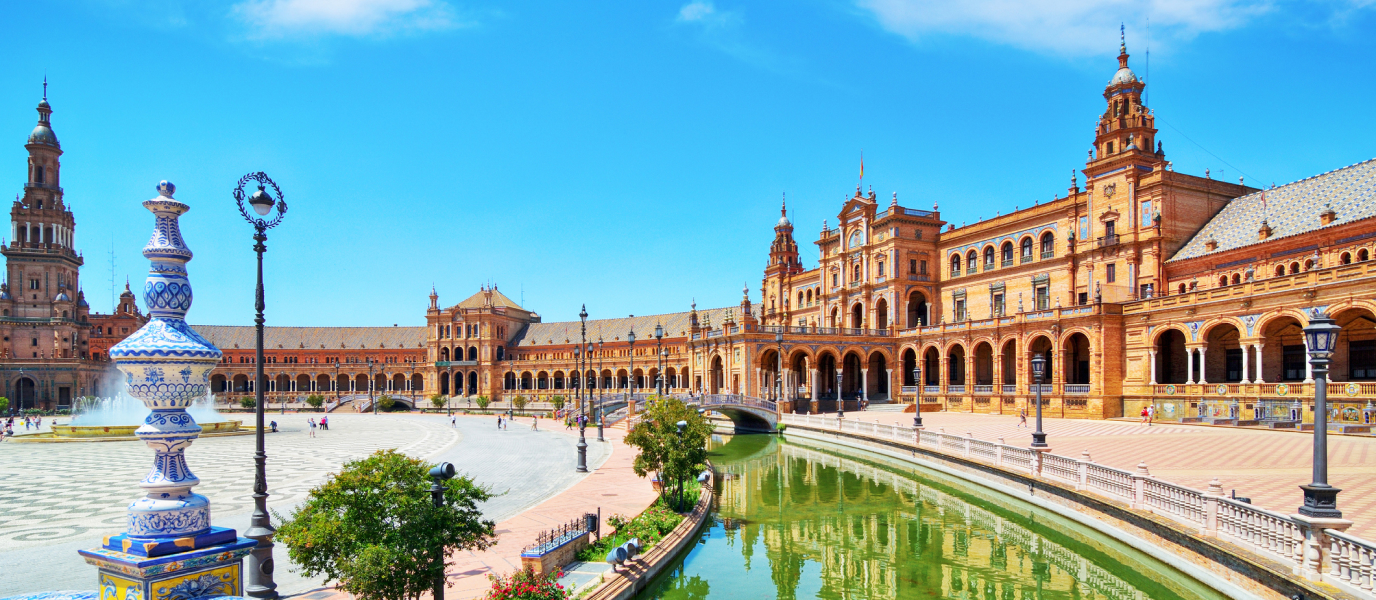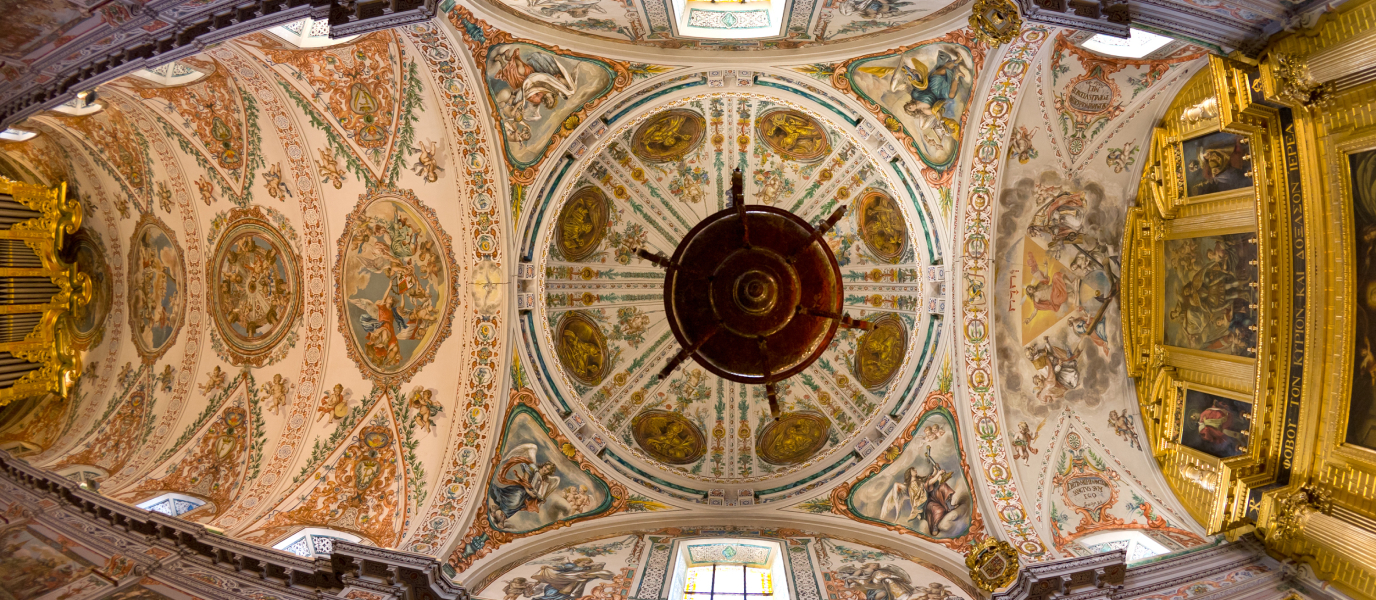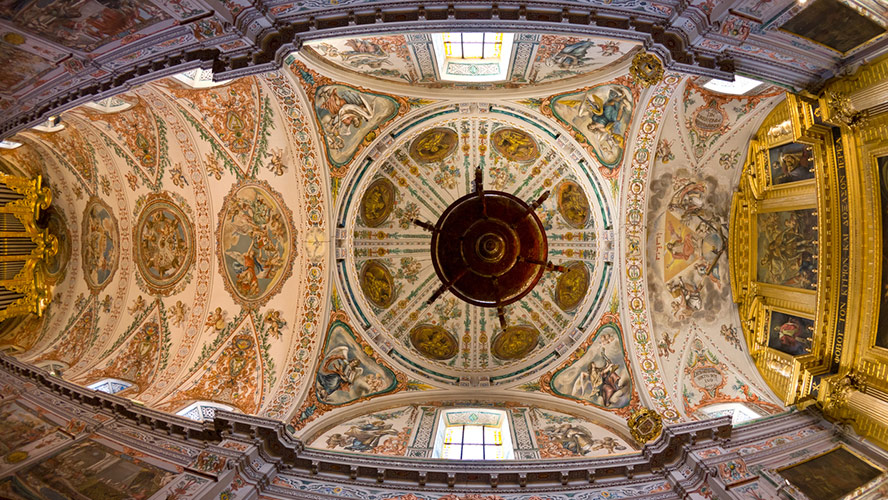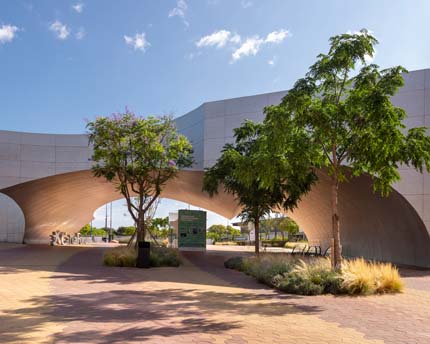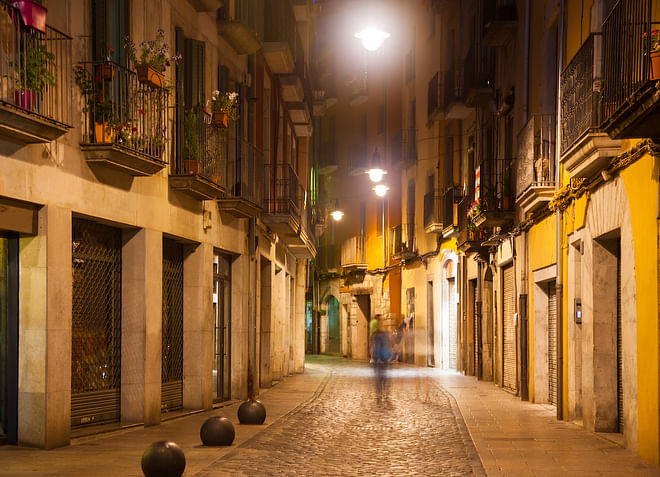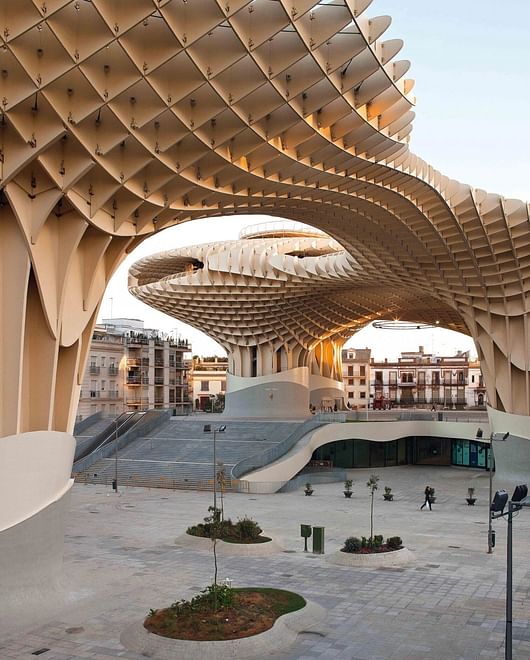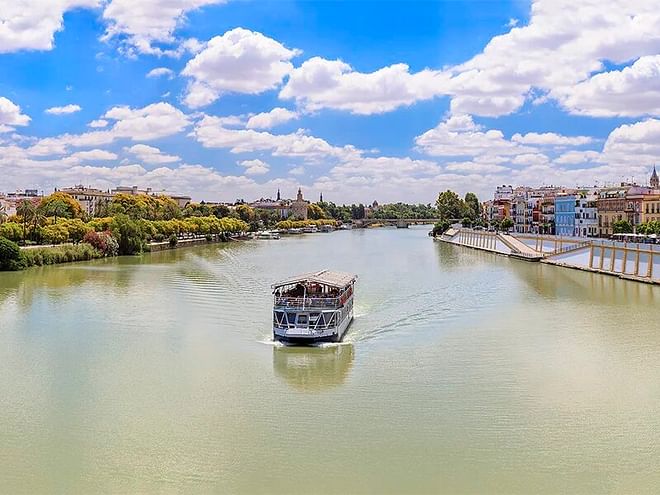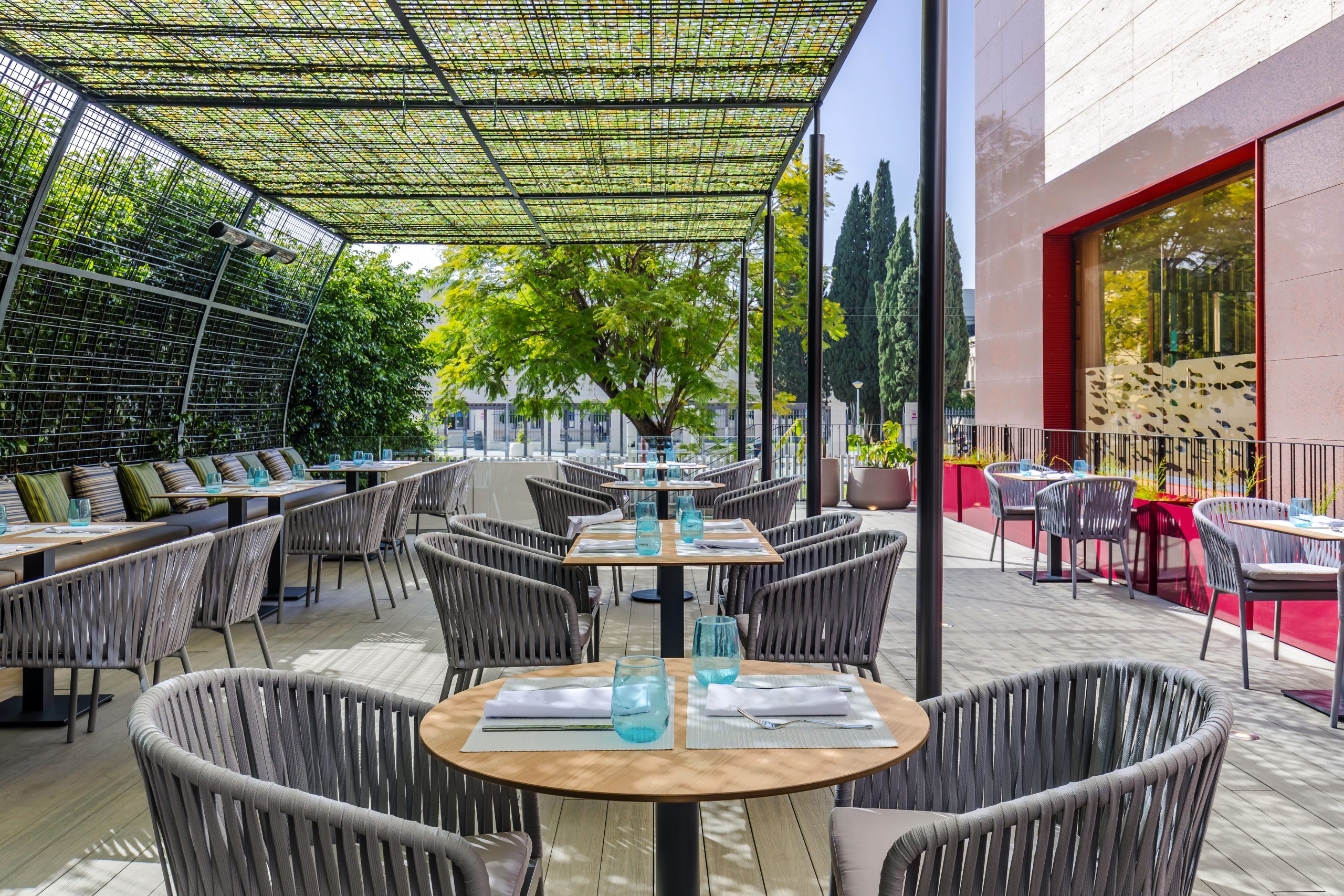Plaza Nueva is one of the clearest illustrations of Seville’s love of open spaces. This is logical, if we take into account that this is a city where people get together out of doors, that has an inordinate love of the al fresco lifestyle, and that stages its celebrations, both public and private, in its streets, parks and squares. That explains why this particular square, dominated by the Town Hall, is built on such an impressive scale: a 500-metre perimeter and an area of 14,000 square metres.
In addition, it marks the point where two of the main neighbourhoods of the city’s historic quarter Arenal and Alfalfa making Plaza Nueva a major intersection. In fact, some of the city’s main shopping streets converge here, and it is also a terminus for the Metro-Centro tram line.
The history of Plaza Nueva
Like many other areas of Seville, the site now occupied by Plaza Nueva was, until the Middle Ages, a wetland and was known as the laguna de la Pajería. The area was drained during the Visigoth era, and centuries later the Almoravids used it as a cemetery.
After the Christian reconquest of the city, this area was handed over to the Franciscan monks, who built their Casa Grande here. The turbulent nineteenth-century, with the War of Independence (1808-1812) and the Mendizábal Disentailment resulted in the almost total demolition of the monastery. In fact, the only remains now surviving are the chapel of San Onofre and the archway leading from Plaza Nueva into the Plaza de San Francisco.
The site of the former monastery became what is now Plaza Nueva, the square constructed between 1849 and 1860 under the supervision of the municipal architect Balbino Marrón y Ranero. The design is faithful to that of the traditional Plaza Mayor [main square] of so many Spanish towns.
Throughout the remainder of the nineteenth century and well into the twentieth century, buildings were demolished and replaced in order to link the square with some of the city’s main arteries, in particular, the Avenida de la Constitución. Eventually, the reconstruction work resulted in the Plaza Nueva as we know it today.
Seville’s Town Hall
Of all the buildings in the Plaza Nueva, the most eye-catching and important is unquestionably the Town Hall. The building was designed in the Plateresque style by Diego de Riaño in the fifteenth century; it has however undergone several modifications with the passage of time. The most important of these (which took place during the second half of the nineteenth century and gave the edifice the appearance we see today) involved changing the façade that overlooks Plaza Nueva to the Neo-Classical style.
This modification was made because the building’s original orientation was towards the Plaza de San Francisco, while behind it lay the space once occupied by the defunct Franciscan monastery, which then became the site for Plaza Nueva.
In addition, a reorganisation of the building’s interior in the mid-nineteenth century resulted in the creation of two large courtyards and a magnificent staircase. Outstanding in its splendour is the Salón Colón, sometimes known as the Salón de los Borbones—which is where the Town Hall plenary meetings and most of the important events are held. The highlights are the room’s superlative wooden coffered ceiling and the historic frieze beneath running around its entire perimeter.
The façade overlooking the Plaza de San Francisco (which retains a good proportion of the building’s original style) is the outstanding feature of the exterior, and is richly embellished with bas-relief, medallions and columns with capitals. The entire Town Hall building has been categorised as a Monument and Asset of Cultural Interest.
Grandstand for the Holy Week spectacle
Plaza Nueva is the traditional setting for all kinds of events, ranging from official ceremonies to demonstrations. This is in addition to concerts, exhibitions, professional and traditional gatherings, markets and food festivals.
However, the most important event (and the one that draws the most people) is, without a doubt, Holy Week, or Semana Santa. Although the Official Route does not pass through this square, it does go through the neighbouring Plaza de San Francisco (which lies behind the Town Hall) on its way to the Cathedral.
The grandstands set up there allow spectators to enjoy all the processions that form part of the official Holy Week celebrations, from Palm Sunday to Easter Sunday. Most of the seats are rented out to the city’s most prestigious families via a debenture system dating back several generations. Therefore, being invited to use one is, without a doubt, a great privilege.
Plaza Nueva’s other buildings
Apart from Seville’s Town Hall, Plaza Nueva also boasts other noteworthy buildings:
- The Telefónica, completed in 1928 in the Regionalist Neo-Baroque style, was designed by Juan Talavera y Heredia.
- The Hotel Inglaterra has been here since the mid-nineteenth century, its construction coinciding with the renovation of the square itself. The building’s façade, however, is more recent. As its foundations were being laid, the remains of several boats were unearthed, vestiges of the area’s maritime history.
- Capilla de San Onofre: this chapel is one of the few surviving remains of the Casa Grande de San Francisco. It dates from the sixteenth century, and is built in the Baroque manner.
- Casa Longoria: now one of the principal offices of the Banco de Sabadell. Completed in 1920, this Neo-Baroque building was designed by Vicente Traver y Tomás.
- Edificio Banco de Bilbao: currently the head office of the BBVA bank. This building in the Classical Rationalist style was the work of the architect José Galnares Sagastizábal, and opened in 1950.
- The Edificio Philips dates from the 1960s. It is a cross between an industrial style and that of department stores of that era, and contrasts dramatically with the other buildings in the square. It was designed by Alfonso Toro Buiza.
The Monument to San Fernando stands in the centre of the square. The figure of the saint is mounted on horseback and stands on a white marble plinth. Dating from 1924, the statue is the work of Joaquín Bilbao Martínez, but the monument as a whole was designed by Juan Manuel Talavera y Heredia.





























































